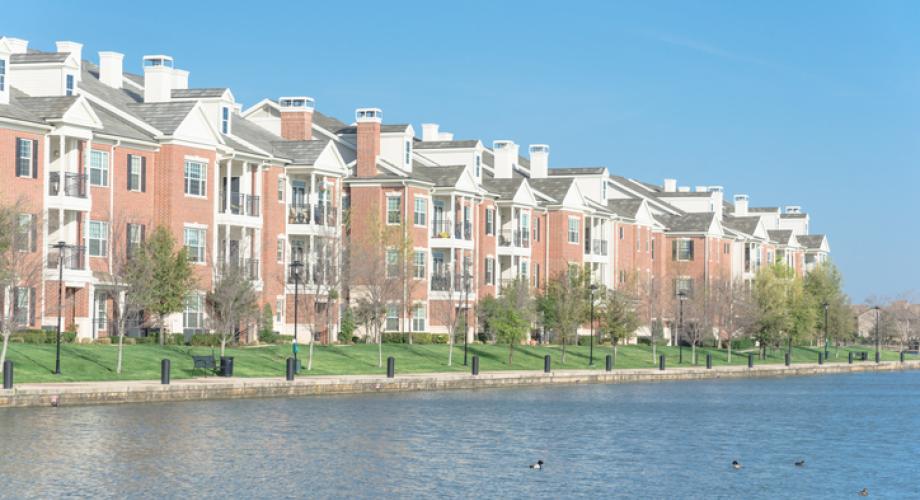Not too long ago, in the aftermath of the pandemic, the apartment industry was enjoying a period of robust and even historic rent growth. But growth has slowed considerably over the past two years, leaving owners and operators looking for any and all ways to bolster their revenue streams and net operating income (NOI).
One answer could very well be optimized amenity pricing, as detailed in the “Need More 2024 Revenue? Discover Hidden Treasures in Unit Amenities” session at Apartmentalize 2024. Correcting missing and mispriced unit amenities in property management systems can yield additional revenue, panelists said.
“Rent growth is really anemic in 2024,” said Donald Davidoff, CEO at Real Estate Business Analytics Inc. “I know that’s not a sudden newsflash. When you’re looking for pennies and dimes, all of a sudden, things that you might not have paid much attention to in the past really matter.”
Optimized amenity pricing can produce “a lot more than just pennies hiding in the couch,” Davidoff added.
“We have more than just four walls,” said Carol Enoch, CEO and Founder of Enoch & Co. “Whether you're a garden community, whether you’re a high-rise, you definitely have more value to bring, and our job is to build and find value in our assets, and we have to get into the weeds and understand where that value is coming from.”
Correcting and improving amenity pricing can be a painstaking process and can entail a wide array of adjustments, the panelists noted. For example, a community might be charging a premium for some units with a lake view, while the rates for other units with the same view don’t include the premium. Also, a property might not be charging extra for any of its corner units, even though these locations are often preferred by renters.
Other mistakes discussed by the panelists included floorplan offsets that were priced too high or too low, a doubling up on a discount for an obstructed view and failing to charge for upgraded countertops.
Even well-run communities can have a significant amount of mispriced amenities, Enoch noted.
Bryan Pierce, Vice President of Revenue Management at GID - Windsor Communities, said that one consequence of suboptimal amenity pricing is vacancy loss. “As an operator, one of the things I care about is vacancy,” he said. “If you’ve mispriced your amenities, you will have some units move faster and some units move slower than others. And because of that, you end up with vacancy loss.”
Panelists emphasized the importance of using data to evaluate whether amenity pricing is on target, noting that a unit’s days on market (DOM) can be a good proxy for how renters are responding. They also urged operators to use tests to determine if the difference in average DOM between units with different amenities is statistically significant.
For example, they detailed an example of a community at which units with balconies were leasing 12 days faster than units without the amenity. Because that difference was statistically significant, the property should raise the value it’s assigning to balconies in its pricing, the panelists agreed.
Stephen Ursery is a Senior Account Manager for LinnellTaylor Marketing.
